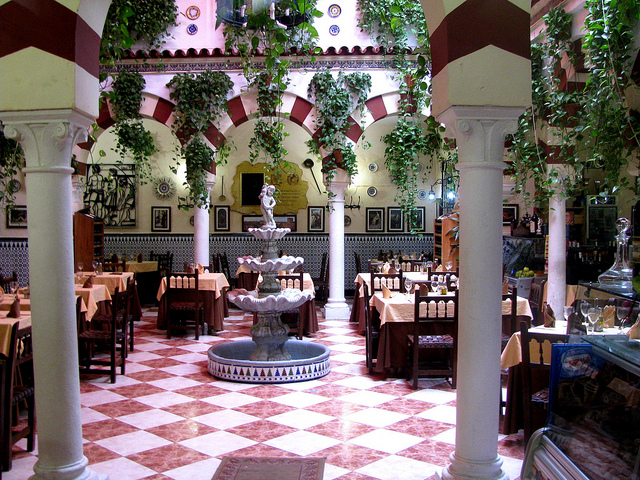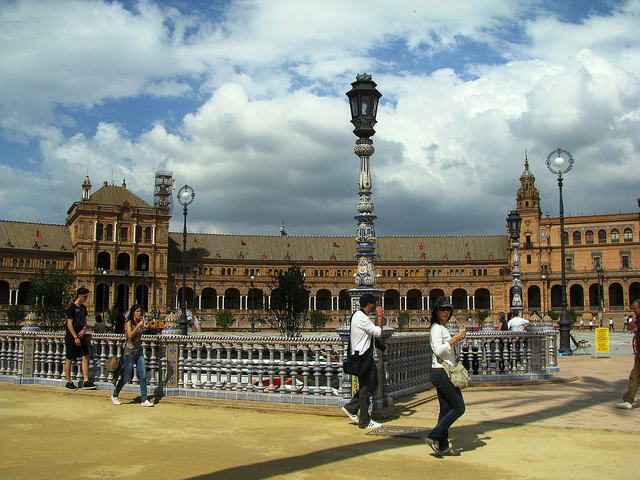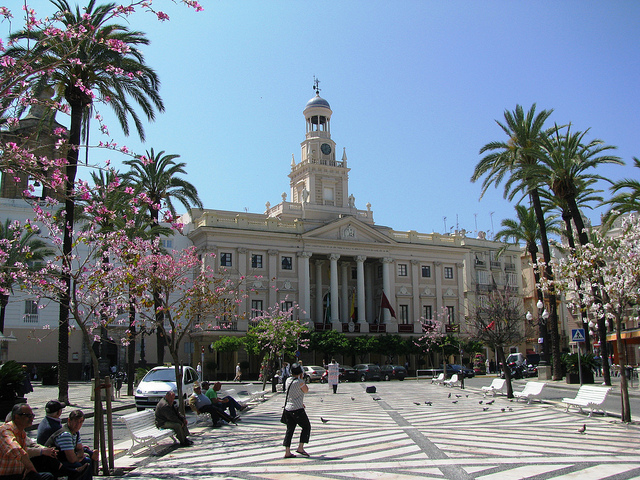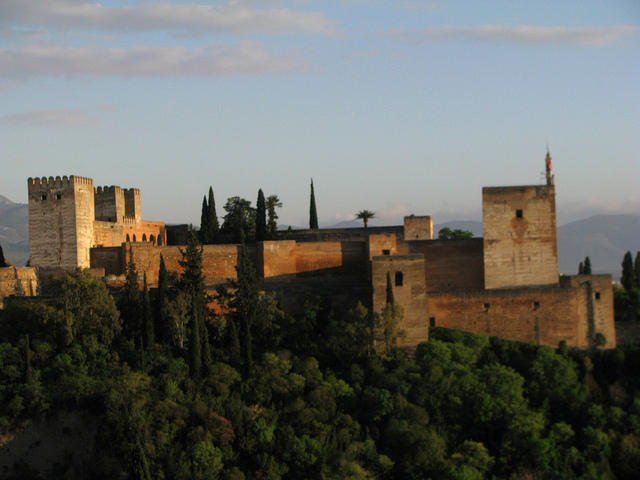This old building boasted a wonderful Moorish interior courtyard that was perfect for lunch. Then I continued on to explore the “Juderia”, the Jewish Quarter, and visited the synagogue, built in 1315. After the expulsion of the Jews from Spain in 1492, this small Mudéjar style building was used as a hospital, a chapel and nursery school and was finally declared a National Monument in 1885.

Steps away I visited the Casa Andalusi, a typical 12th century Moorish house that was decorated to reflect the period of its original construction. With its nooks and crannies and its flower-filled patios, Moorish architecture is incredibly picturesque and photogenic.

After a rainy evening that I spent in my hotel room, I embarked on my discoveries early the next day. I definitely needed to see the Mezquita, and finally I had a chance to get inside. I went there early in the morning around 9 am when access was still free of charge (you can get in free before 10 am Monday to Saturday) and there were relatively few tourists inside. This was the perfect time to visit this outstanding jewel of Moorish architecture.

originally started as a Visigothic church around 600 AD, a magnificent mosque was built in this location from 784 onwards and was expanded several times. Finally after the Reconquista in 1236 it was turned back into a Christian Church. With its 856 giant arches of jasper, onyx, marble and granite, this UNESCO World Heritage Site is definitely one of the most phenomenal buildings I have ever seen.

There was a mass going on inside the center of the Mezquita which holds a Renaissance-era Christian cathedral inside the older Moorish structure. Tourists were not allowed to take photos of this portion of the cathedral. The Mihrab, or prayer niche, attracted most of the attention, with its intricate geometric design and finely adorned cupola. Moorish art generally does not depict human beings, and only allows for floral and geometric designs as well as calligraphy. In Islam, the depiction of the human form would be considered idolatry, a sin against God.

My next destination in Cordoba was the Royal Palace, the “Alcázar de los Reyes Cristianos”, whose construction started in 1386 on the site where an earlier Visigothic fortress and Moorish palace had stood. Some of the Moorish ruins were retained, as a result, the complex still has an Islamic layout. The Catholic kings Ferdinand and Isabel, responsible for the final completion of the Reconquista in 1492, used this palace as one of their primary residences. This palace was also used to hold the first permanent tribunals of the Spanish Inquisition.




